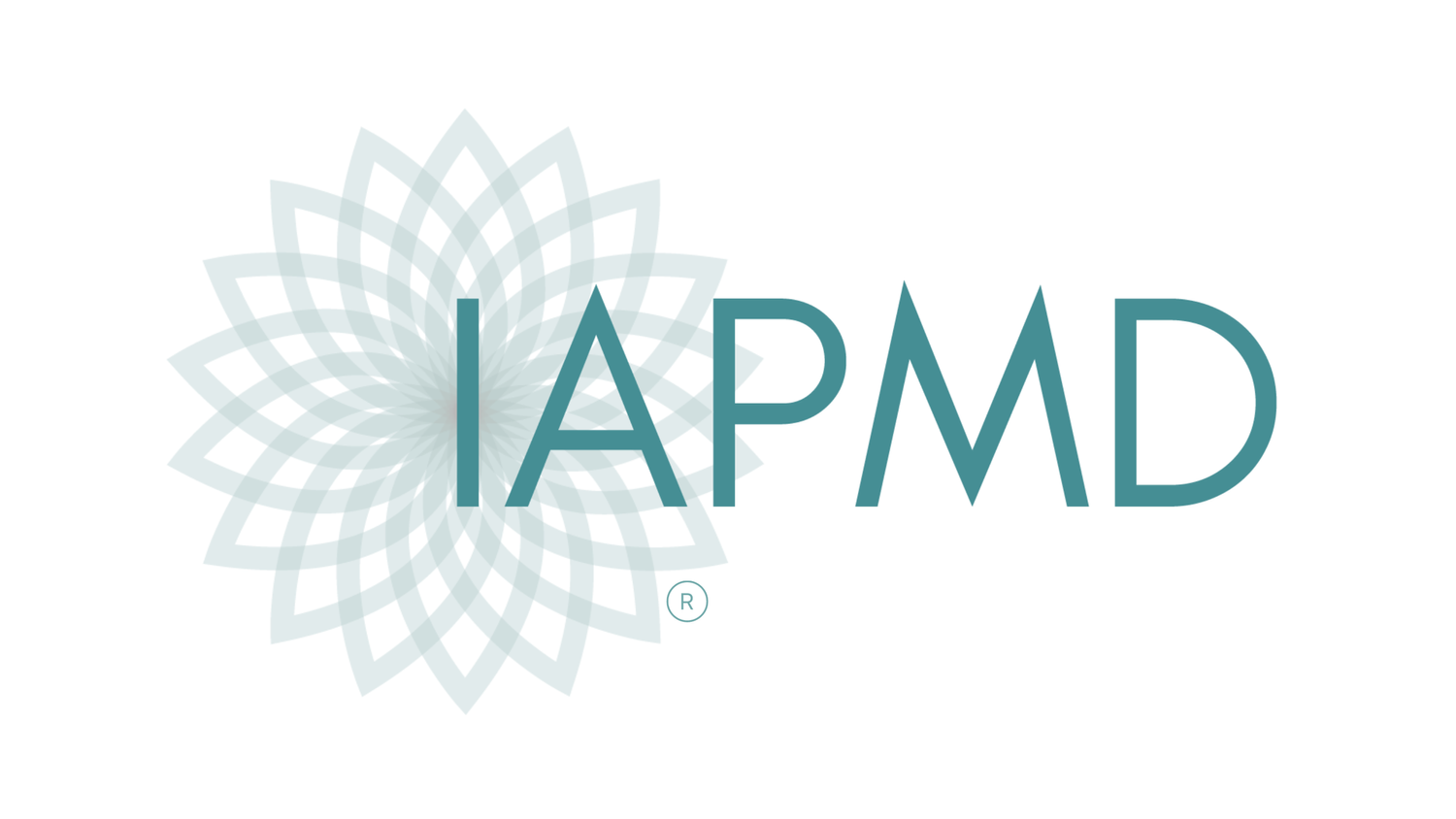Urgent Need for Addressing Premenstrual Disorders Highlighted in McKinsey Report "Closing the Women's Health Gap"
BOSTON, MA -- Recognizing the gravity of gender-based health disparities, the World Economic Forum and the McKinsey Health Institute unveiled a groundbreaking report, "Closing the Women's Health Gap," that sheds light on critical disparities in women's healthcare, with a particular focus on the often overlooked issue of premenstrual conditions, such as Premenstrual Dysphoric Disorder.
The report highlights the prevalence of premenstrual syndrome (PMS), a group of physical and behavioral symptoms that occur in a cyclic pattern during the second half of the menstrual cycle, affecting a significant percentage of women globally. Premenstrual Dysphoric Disorder (PMDD) is the most severe form of PMS, impacting one in 20 women/AFAB of reproductive age, characterized by severe emotional and physical symptoms that can significantly impact a woman's daily life.
“The release of McKinsey's report marks a significant step toward prioritizing women's health and addressing the challenges faced by those affected by premenstrual disorders,” said Sheila Buchert, President of the International Association for Premenstrual Disorders (IAPMD).
“IAPMD’s Global Survey of Premenstrual Disorders revealed just how destructive PMDD is. An alarming 34% of those with the condition have made a suicide attempt during a PMDD episode. Shockingly, patients wait an average of 12 years and see an average of 6.15 providers before receiving an accurate diagnosis of PMDD. The economic impact of this suffering can not be understated,” Buchert added.
Other findings from IAPMD’s study revealed that out of 1,425 patients with prospectively-confirmed PMDD:
16.8% reported having lost a job due to PMDD
56.7% reported having lost an intimate partner relationship due to PMDD
98% and 97% feel PMDD puts a significant strain on their intimate partner relationship and family relationships, respectively
42.7% reported problems with parenting due to PMDD, with 10.5% feeling completely unable to parent during PMDD
The potential benefits of addressing the women’s health gap are substantial. Women have a longer life expectancy compared to men and also endure 25% more time in poor health, significantly impacting their overall well-being and contributing to broader societal consequences. Addressing these health disparities has the capacity to boost the global economy by a minimum of $1 trillion annually by the year 2040.
Delving into the fundamental causes of the women’s health gap, the report concentrates on aspects such as science, data, care delivery, and investment. It outlines various strategic approaches to narrow this gap, ranging from creating incentives for innovative financing models to investing in research specifically tailored to women and implementing more inclusive health policies.
The report underscores the urgent need for comprehensive strategies to address premenstrual syndrome and improve the overall well-being of women worldwide.
Viewing investment in women's health is not just about achieving health equity; it presents an opportunity to enhance women's workforce participation. Above all, it is a pathway for women to lead healthier lives.
Premenstrual Disorders (PMDs) are complex conditions at the intersection of mental and menstrual health (women’s health). While PMDD is directly connected to the menstrual cycle, it is not a hormone imbalance but rather a severe neurobiological reaction to the natural rise and fall of estrogen and progesterone. Significant emotional and physical symptoms may occur the week or two before menstruation and go away a few days after bleeding begins. There is no blood or saliva test to diagnose PMDD, but these tests can rule out other underlying disorders. Diagnosis is done by tracking symptoms for at least two menstrual cycles. Although PMDD has been included in the Diagnostic and Statistical Manual of Mental Disorders (DSM) and International Classification of Diseases (ICD) for years, it continues to be disregarded or misunderstood by doctors and the general public.
For more information about PMDD, please visit IAPMD.org.
